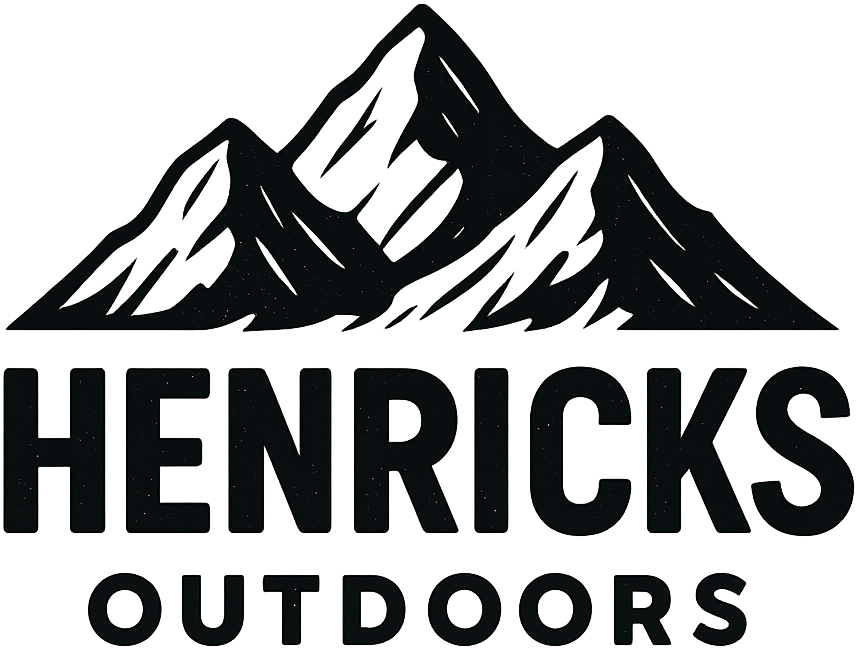Cooking over a campfire isn’t just about throwing food on a grill and hoping for the best—it’s a science. Controlling heat, using the right cooking methods, and understanding how fire behaves can transform your outdoor cooking experience from burnt and undercooked to perfectly grilled, simmered, or roasted meals.
In this guide, we’ll explore the science of campfire cooking, including heat control techniques and various outdoor cooking methods to help you master the art of cooking over an open flame.
1. Understanding Heat in Campfire Cooking
Before diving into specific cooking methods, it’s essential to understand how heat works in an open fire setting. Unlike stovetop cooking, where temperatures can be precisely controlled, campfires require active heat management.
Three Types of Heat Transfer in Campfire Cooking
- Radiant Heat – Heat radiates directly from the flames to the food (e.g., roasting marshmallows).
- Conduction Heat – Heat transfers through direct contact with a hot surface, such as a cast iron skillet.
- Convection Heat – Heat circulates around the food, similar to baking in an oven or using a Dutch oven with hot coals.
Balancing these three heat types is the key to even cooking, preventing burnt edges, and ensuring food is cooked thoroughly.
2. How to Control Campfire Heat
Since a campfire doesn’t have a temperature dial, you’ll need to manage heat manually. Here are a few heat control techniques:
Build the Right Type of Fire
Different fires generate different types of heat:
- Log Cabin Fire (High Heat, Even Burn) – Stacked logs create strong embers and consistent heat, perfect for grilling and roasting.
- Teepee Fire (High Flames, Quick Heat) – Flames rise quickly, making it ideal for boiling water but not great for even cooking.
- Keyhole Fire (Controlled Heat Zones) – A fire burns in one section, and hot coals are moved into a separate area for consistent cooking.
Use Coals for Steady Heat
- Flames are unpredictable, but hot embers provide even, long-lasting heat.
- Let your fire burn for at least 30-45 minutes before cooking to develop a good coal base.
- Move coals around to create temperature zones:
- High heat (directly on the coals) for searing meat.
- Medium heat (near the edge of the fire) for grilling or simmering.
- Low heat (further away from flames) for slow cooking.
Adjust Cooking Height
Using a grate, tripod, or rock setup to raise or lower food allows you to control heat exposure.
- Higher above the fire = Lower heat, slower cooking (good for simmering).
- Closer to the fire = Intense heat, quick cooking (ideal for searing).
Monitor & Rotate Food
- Rotate food frequently to cook evenly and prevent burning.
- If one side of the fire is hotter, adjust placement accordingly.
3. Campfire Cooking Methods & Best Uses
🍳 Cast Iron Skillet Cooking (Conduction Heat)
Best For: Frying eggs, bacon, pancakes, stir-frying veggies.
How It Works:
- A cast iron skillet holds heat well, distributing it evenly across the surface.
- Preheat the skillet over medium embers before adding food.
- Use a little oil or butter to prevent sticking and enhance flavor.
Pro Tip: Cast iron retains heat for a long time—remove it from direct heat before food overcooks.
🍢 Direct Grilling Over Coals (Radiant & Conduction Heat)
Best For: Steaks, burgers, hot dogs, kebabs.
How It Works:
- Place a grill grate over hot embers (not flames) for steady heat.
- Use tongs to adjust meat positioning for even cooking.
Pro Tip: Create two heat zones (one side with coals, one without) to sear first and then finish cooking over lower heat.
🍲 Dutch Oven Cooking (Convection Heat)
Best For: Stews, soups, bread, cobblers.
How It Works:
- A Dutch oven acts like an outdoor oven, trapping heat for even cooking.
- Place it directly on coals with additional hot embers on the lid for full heat circulation.
Pro Tip: Rotate the oven every 10-15 minutes to prevent hot spots.
🥔 Foil Packet Cooking (Steaming & Convection Heat)
Best For: Fish, chicken, potatoes, veggies.
How It Works:
- Wrap food in heavy-duty aluminum foil and place it over hot coals.
- The trapped steam locks in moisture and flavor.
Pro Tip: Double-layer the foil to prevent burning and make flipping easier.
🍖 Spit Roasting (Radiant Heat)
Best For: Whole chicken, large cuts of meat.
How It Works:
- Meat is skewered on a spit and slowly rotated over the fire.
- This method ensures even cooking while basting the meat in its juices.
Pro Tip: Use low, steady heat for tender, juicy meat.
4. Essential Gear for Campfire Cooking
Having the right tools makes campfire cooking easier and safer:
✔️ Cast iron skillet – Durable and retains heat well.
✔️ Dutch oven – Versatile for baking and slow-cooking.
✔️ Grill grate – Perfect for grilling meats and veggies.
✔️ Long-handled tongs & spatula – Keeps hands safe from the flames.
✔️ Fireproof gloves – Essential for handling hot cast iron or foil packets.
✔️ Meat thermometer – Ensures food is fully cooked (safe temperatures: Chicken: 165°F, Beef: 145°F, Fish: 145°F).
5. Campfire Cooking Safety Tips
- Always cook over embers, not flames, to avoid uneven cooking.
- Keep water or sand nearby for fire control.
- Never leave a campfire unattended while cooking.
- Ensure food is fully cooked—campfire temperatures can vary.
Final Thoughts
Mastering heat control and cooking methods over a campfire is an essential skill for delicious outdoor meals. Whether you’re frying eggs in a cast iron skillet, roasting meat over an open flame, or slow-cooking a stew in a Dutch oven, understanding how fire works will elevate your camp cooking game.
Now that you’re equipped with the science of campfire cooking, what’s the first meal you’re planning to cook on your next adventure? Let me know in the comments!
